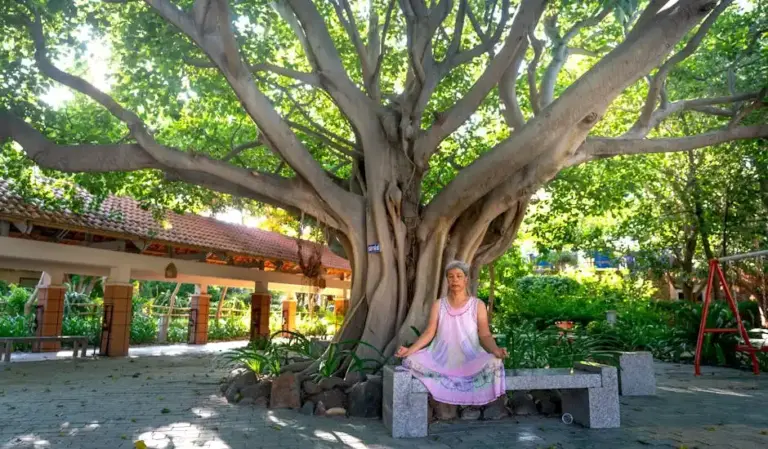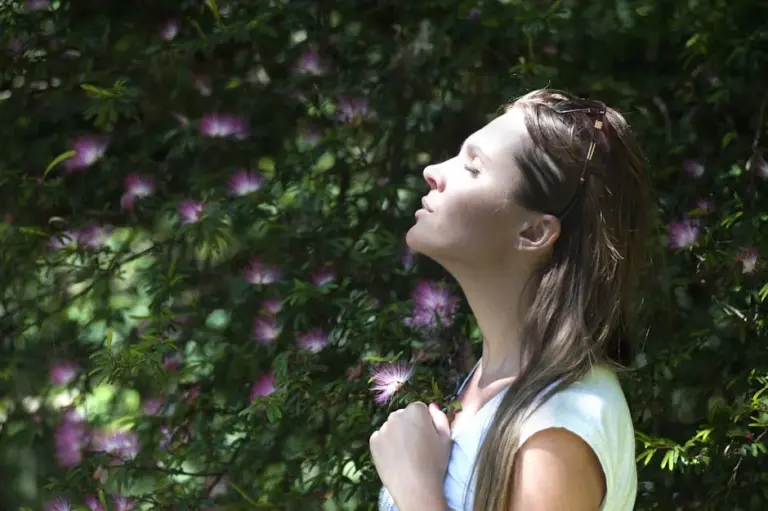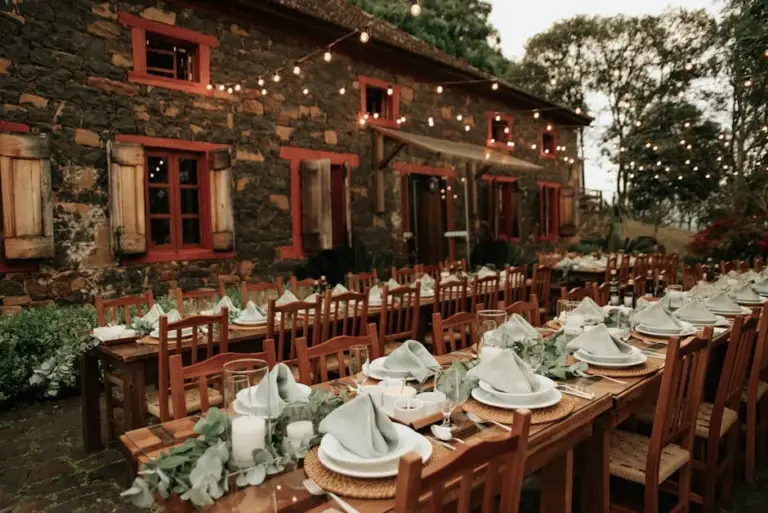How to Make Your Garden a Wildlife Sanctuary: Simple Tips for a Natural Haven
Creating a garden that welcomes wildlife is a wonderful way to bring nature closer to your home. Whether you have a large yard or a small outdoor space, you can encourage birds, butterflies, bees, and other creatures to visit and thrive in your garden.
Making your garden a wildlife sanctuary involves providing food, water, and shelter to support local animals while using natural and eco-friendly methods. This approach not only benefits the environment but also adds beauty and life to your outdoor space.
Plant native flowering plants like coneflowers and milkweed
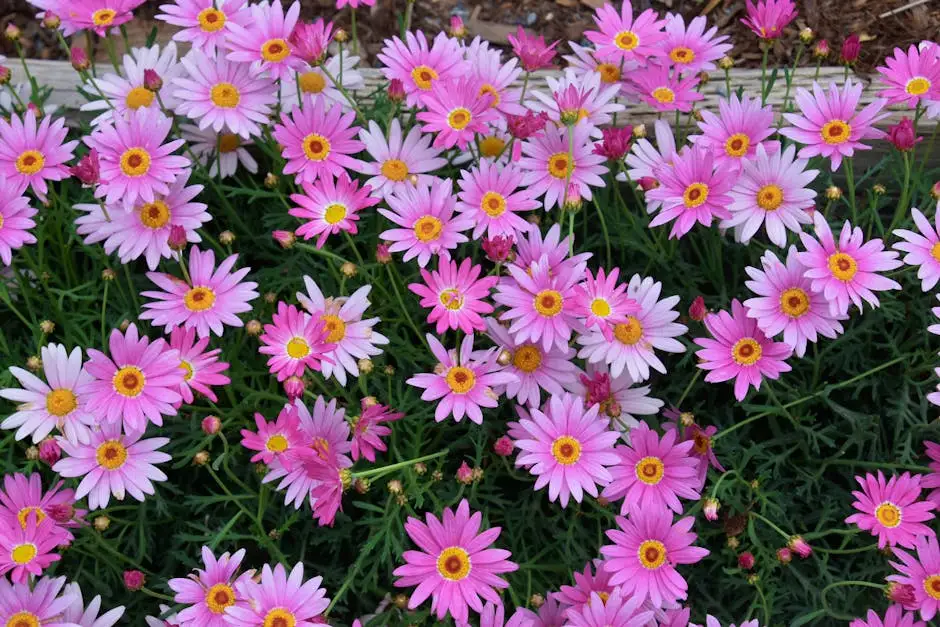
Planting native flowers such as coneflowers and milkweed helps support local wildlife naturally. These plants provide important nectar sources for butterflies and other pollinators throughout their life cycles.
Milkweed is especially valuable because it serves as a host plant for Monarch caterpillars. The caterpillars feed on its leaves, while adult butterflies gather nectar from its flowers.
Coneflowers attract a variety of pollinators and add bright, long-lasting color to your garden. Including both milkweed and coneflowers creates a balanced habitat, benefiting many wild species while making your garden beautiful.
Install a shallow birdbath to provide fresh water
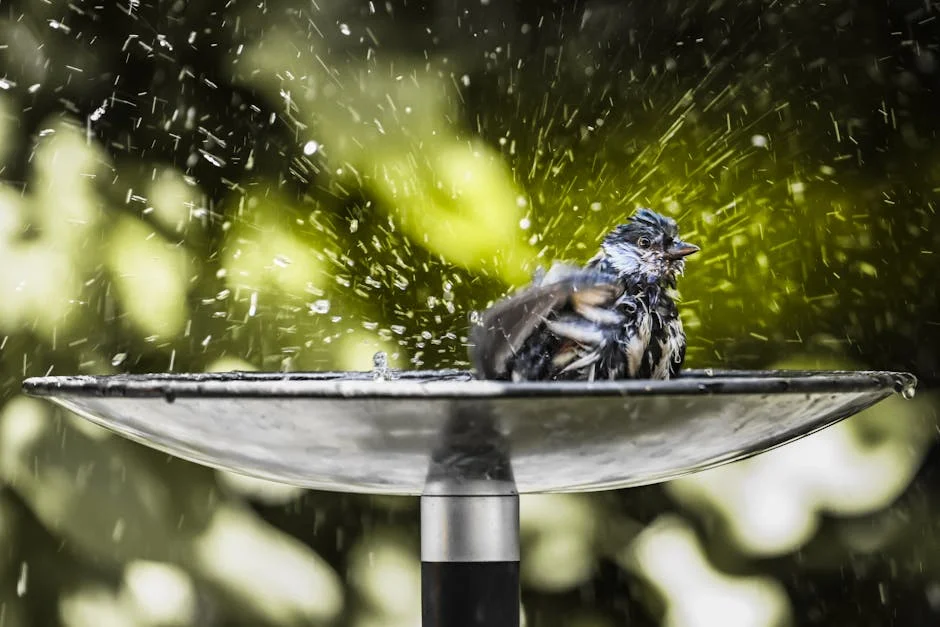
You can attract a variety of birds by adding a shallow birdbath to your garden. Choose a basin that is 2 to 3 inches deep to keep it safe and comfortable for birds of all sizes.
Place your birdbath in a shaded, visible spot to help birds feel secure while they drink or bathe.
Make sure to change the water regularly to keep it clean and fresh. Adding some rocks or driftwood can give smaller birds a place to perch safely.
A simple birdbath can quickly become a popular watering spot, supporting local wildlife and bringing more life to your garden.
Create a brush pile for shelter and nesting
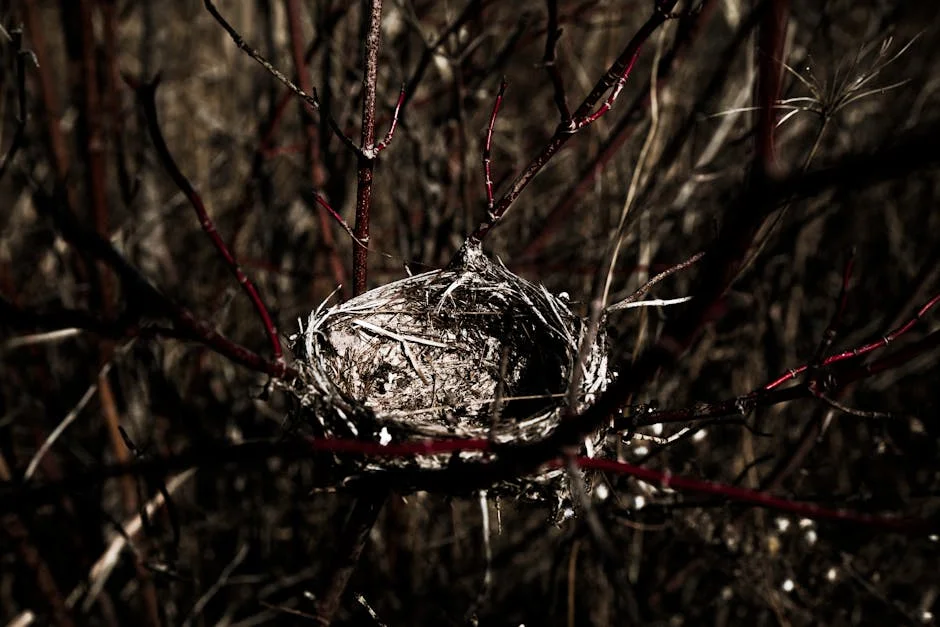
You can easily provide shelter for wildlife by creating a brush pile in your garden. Gather fallen branches, logs, and twigs to build a loose pile that offers hiding spots for small mammals, reptiles, and birds.
Brush piles give animals a place to escape predators and bad weather. They also serve as nesting spots and a source of materials for building nests.
Place your brush pile in a quiet corner of your yard. Try making several small piles rather than one large one to support more wildlife.
Set up a butterfly garden with nectar-rich flowers
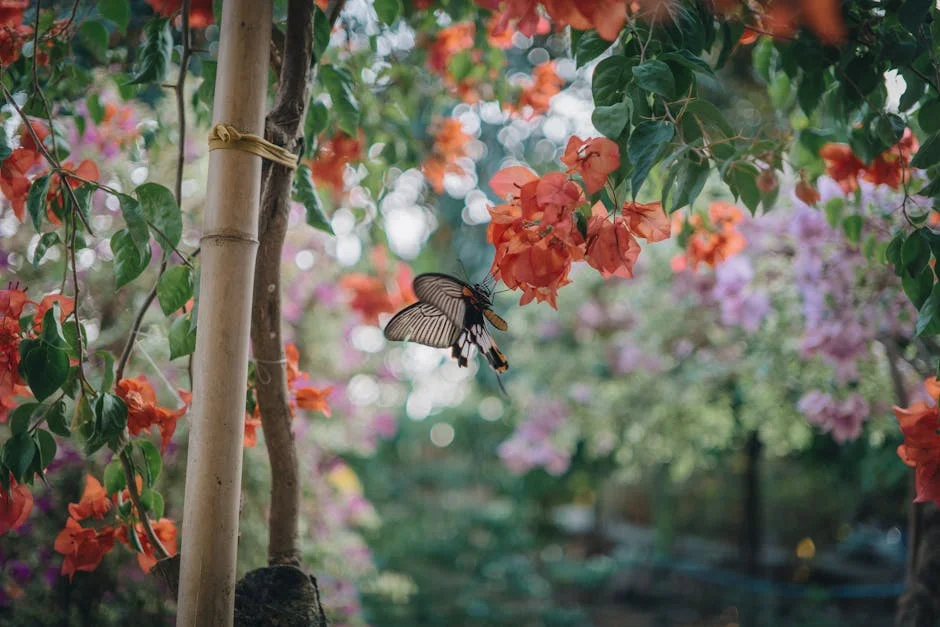
You can attract butterflies by planting flowers rich in nectar. Choose a variety of blooms like milkweed, lavender, and coneflowers to provide food for different butterfly species.
Make sure your garden gets plenty of sunlight, as butterflies prefer warm, sunny spots. Adding plants with diverse shapes and colors will create an inviting space for them to feed.
Including native wildflowers supports the full lifecycle of butterflies, from caterpillar to adult. This not only benefits butterflies but also encourages a healthy ecosystem in your garden.
Avoid chemical pesticides and herbicides
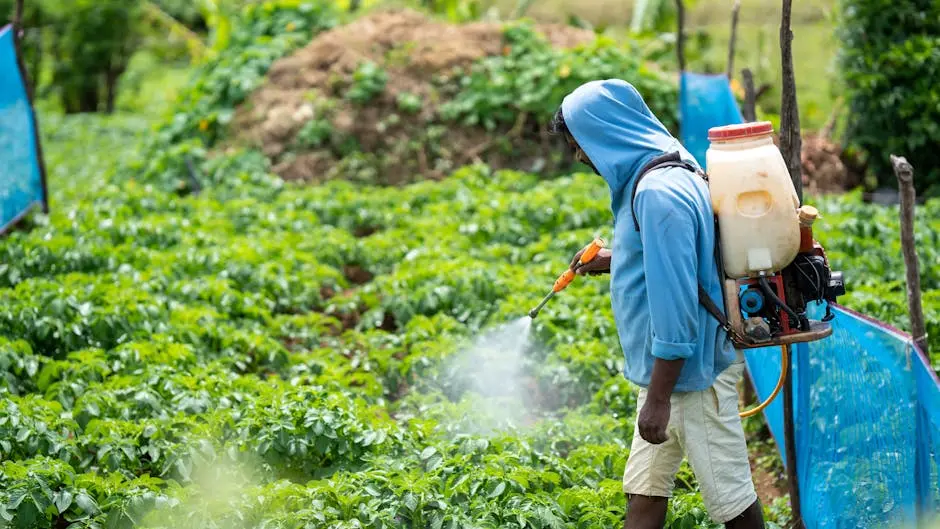
You can protect wildlife by steering clear of chemical pesticides and herbicides in your garden. These substances often harm beneficial insects, birds, and other animals that help keep your garden balanced.
Instead, try natural methods like hand-picking pests or encouraging predators such as ladybugs. Using organic compost improves soil health and supports plant resilience without chemicals.
Let parts of your garden grow naturally to provide shelter for pollinators and other creatures. This approach helps create a safe, thriving space for wildlife around your home.
Build bee houses to support native pollinators
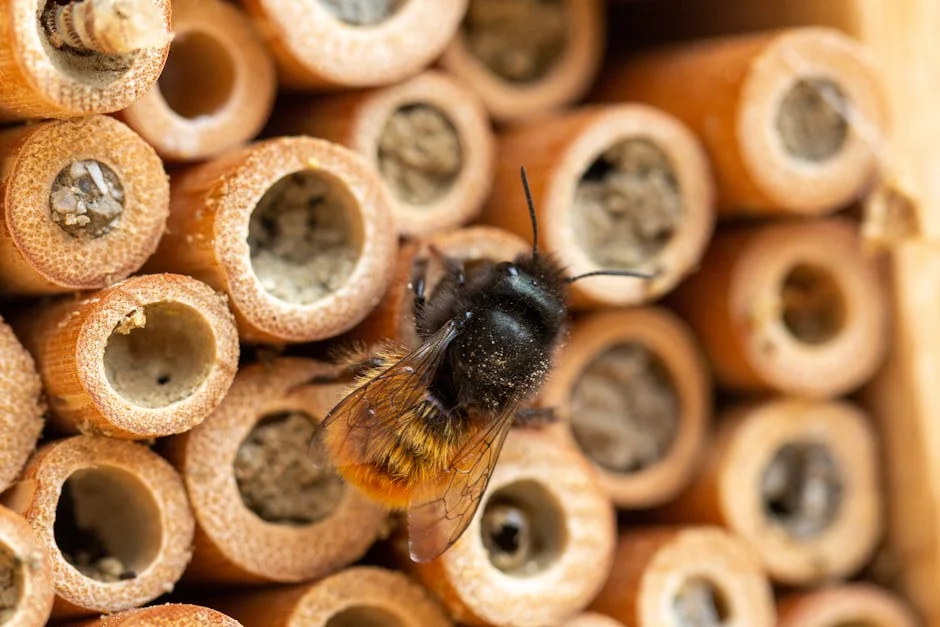
You can help native bees by building a simple bee house in your garden. These homes provide safe nesting spaces for solitary bees, which are important pollinators.
Choose natural materials like untreated wood with small holes or bundles of hollow stems. Place the house in a sunny, sheltered spot, protected from rain.
Be sure to maintain it by cleaning or replacing the house every 1 to 3 years. This prevents disease and pests that can harm the bees.
A well-kept bee house encourages native pollinators to visit your garden, helping plants and flowers thrive naturally.
Incorporate layers of vegetation: trees, shrubs, and ground cover
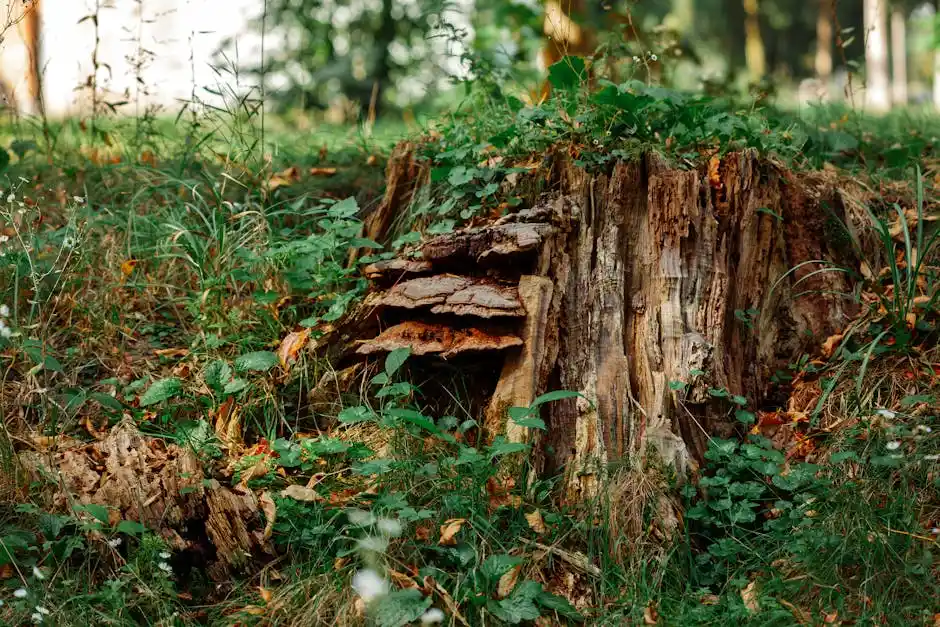
Start by planting different layers of vegetation to create habitat diversity. Include tall trees as your canopy layer, which provides shelter and nesting spots for birds.
Add shrubs and smaller trees below the canopy. These offer food and cover for small animals and insects.
Finish with ground cover plants like perennials, grasses, and native flowers. They support pollinators and protect soil health.
Using multiple layers mimics natural ecosystems, encouraging more wildlife to visit and stay in your garden.
Choose native plants when possible, as they are well suited to local wildlife needs and climate conditions.
Leave dead trees or logs as habitat for insects and birds
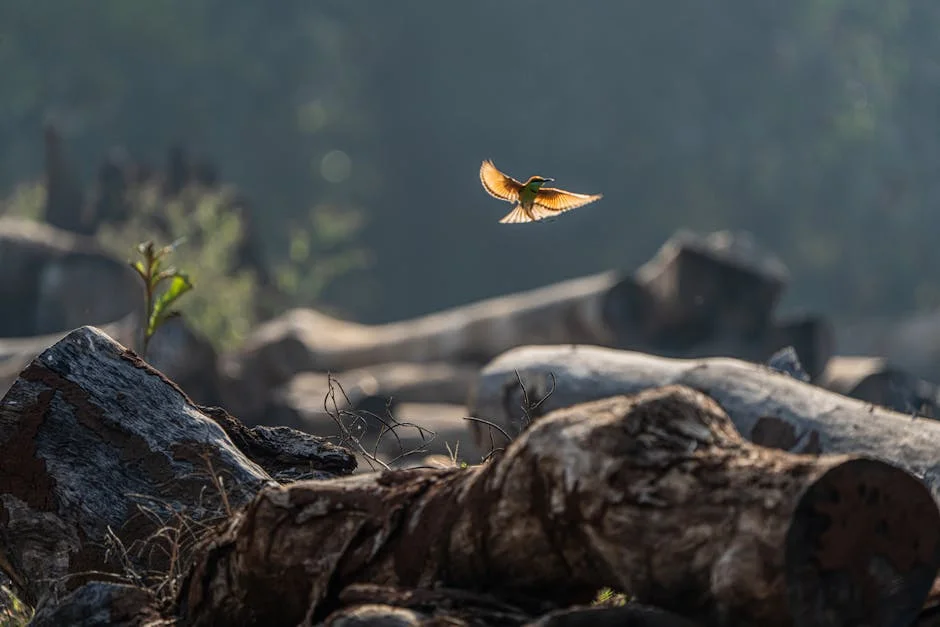
You can create a welcoming space for wildlife by leaving dead trees or logs in your garden. These natural structures provide homes for insects, birds, and small mammals.
Standing dead trees, known as snags, offer nesting sites and food sources for many bird species. Fallen logs and branches attract insects, which in turn feed birds and other wildlife.
By leaving dead wood undisturbed, you support a balanced ecosystem and help maintain biodiversity. It’s a simple way to encourage nature’s presence right in your own yard.
Add a small pond or water feature for amphibians
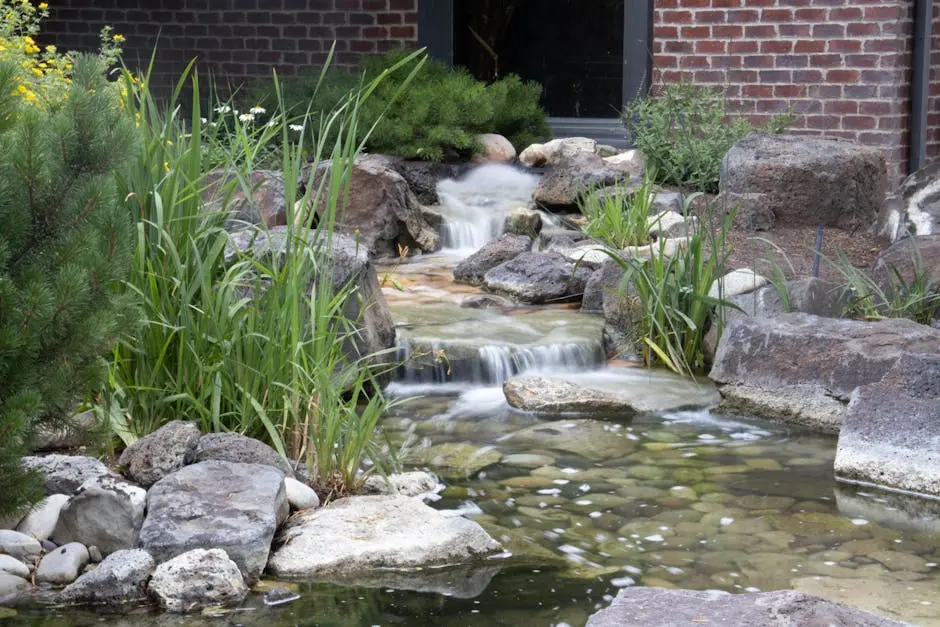
Adding a small pond to your garden can create an important habitat for amphibians like frogs and newts. Even a modest water feature, such as a shallow basin or a bucket sunk into the ground, provides a safe place for them to breed and find food.
You don’t need much space, and it can be a simple DIY project. Keep the pond natural by avoiding chemicals and include some plants around the edges for shelter and shade.
Water features also attract insects and birds, making your garden livelier and more balanced. With a bit of care, your pond will support local wildlife all year round.
Provide seed feeders and suet for winter bird feeding
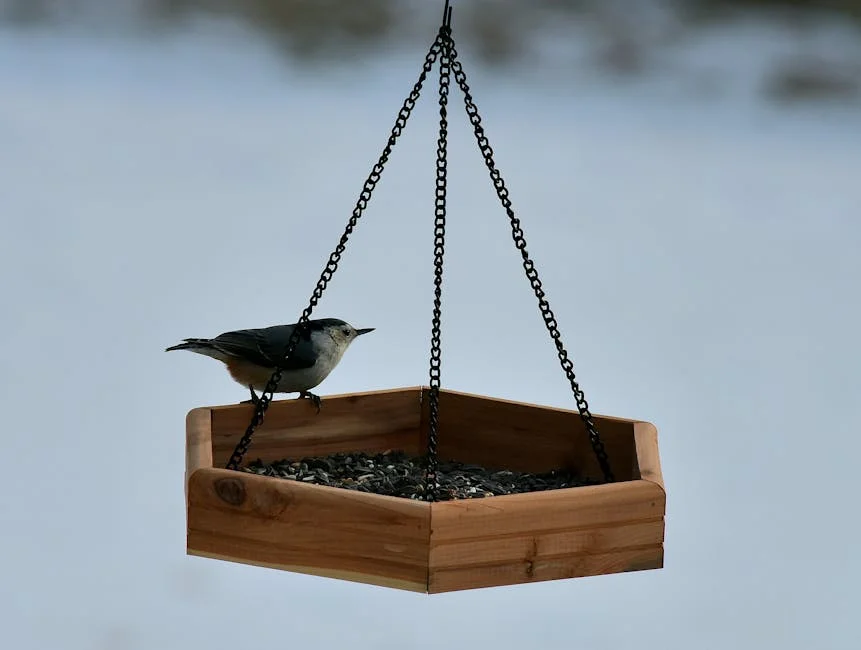
You can attract a variety of birds to your garden in winter by offering seed feeders and suet. Black-oil sunflower seeds are popular with many birds and provide essential nutrition.
Suet cakes are a high-energy food that supports woodpeckers, chickadees, and nuthatches during cold months. You can hang suet in mesh bags or use special feeders designed for it.
Be sure to place feeders in quiet, visible spots and keep them clean and well-stocked. This will help birds find reliable food when natural sources are scarce.



